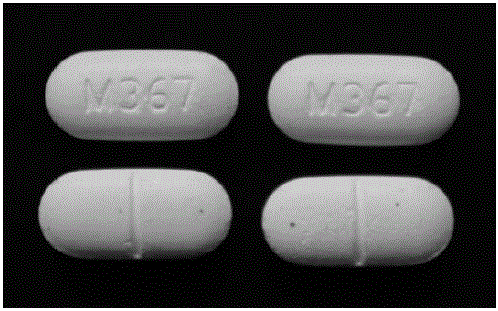Opioids Provide Only ‘Modest’ Relief for Low Back Pain
/By Pat Anson, Editor
Lower back pain may be the world’s leading cause of disability, but there is surprisingly little evidence about the best ways to treat it – including the use of opioid pain medication.
A new study published in JAMA Internal Medicine adds a little clarity to the issue.
In a systematic review of 20 clinical studies involving nearly 7,300 patients, researchers found evidence that opioid medications provide only “modest” short-term relief from lower back pain.
“In people with chronic low back pain, opioid analgesics provide short and/or intermediate pain relief, though the effect is small and not clinically important even at higher doses,” said lead author Andrew McLachlan, PhD, a professor of pharmacy at the University of Sydney in Australia.
Opioids were found to be no more effective than non-steroidal anti-inflammatory drugs (NSAIDs). About half of the patients involved in the studies dropped out because they didn’t like the side-effects of opioids or because they found them to be ineffective.
“Our review challenges the prevailing view that opioid medicines are powerful analgesics for low back pain. Opioid analgesics had minimal effects on pain, and even at high doses the magnitude of the effect is less than the accepted thresholds for a clinically important treatment effect on pain,” McLachlan wrote.
Although nearly a quarter of the opioid prescriptions written in the U.S. are for low back pain, medical guidelines often recommend against it.
“Whereas there is evidence for significant short-term pain relief, there is no substantial evidence for maintenance of pain relief or improved function over long periods of time without incurring serious risk of overdose, dependence, or addiction,” wrote Gary Franklin, MD, in a position paper adopted by the American Academy of Neurology.
Franklin, who is vice-president of Physicians for Responsible Opioid Prescribing (PROP), also helped draft the recent opioid guidelines adopted by the Centers for Disease Control and Prevention.
“Evidence is limited or insufficient for improved pain or function with long-term use of opioids for several chronic pain conditions for which opioids are commonly prescribed, such as low back pain,” the CDC guidelines state. “Several non-opioid pharmacologic therapies (including acetaminophen, NSAIDs, and selected antidepressants and anticonvulsants) are effective for chronic pain. In particular, acetaminophen and NSAIDs can be useful for arthritis and low back pain.”
A large study recently published in the British Medical Journal reached a different conclusion than CDC – finding that there was little evidence that acetaminophen – also known as paracetamol – was effective in treating low back pain. Another study published in The Lancet reached a similar conclusion.
Who should patients believe with all this conflicting advice?
Perhaps the best therapy can’t be found in a pharmacy or drug store.
A recent study published in JAMA Internal Medicine found that regular exercise and education about its benefits reduce the risk of developing lower back pain by as much as 45 percent.
“If a medication or injection were available that reduced LBP (low back pain) recurrence by such an amount, we would be reading the marketing materials in our journals and viewing them on television. However, formal exercise instruction after an episode of LBP is uncommonly prescribed by physicians,” wrote Timothy Carey, MD, and Janet Freburger, PhD, of the University of North Carolina at Chapel Hill.
Over 80 percent of us suffer acute low back pain at least once in our lives, and about half will experience a recurrence within one year.

























